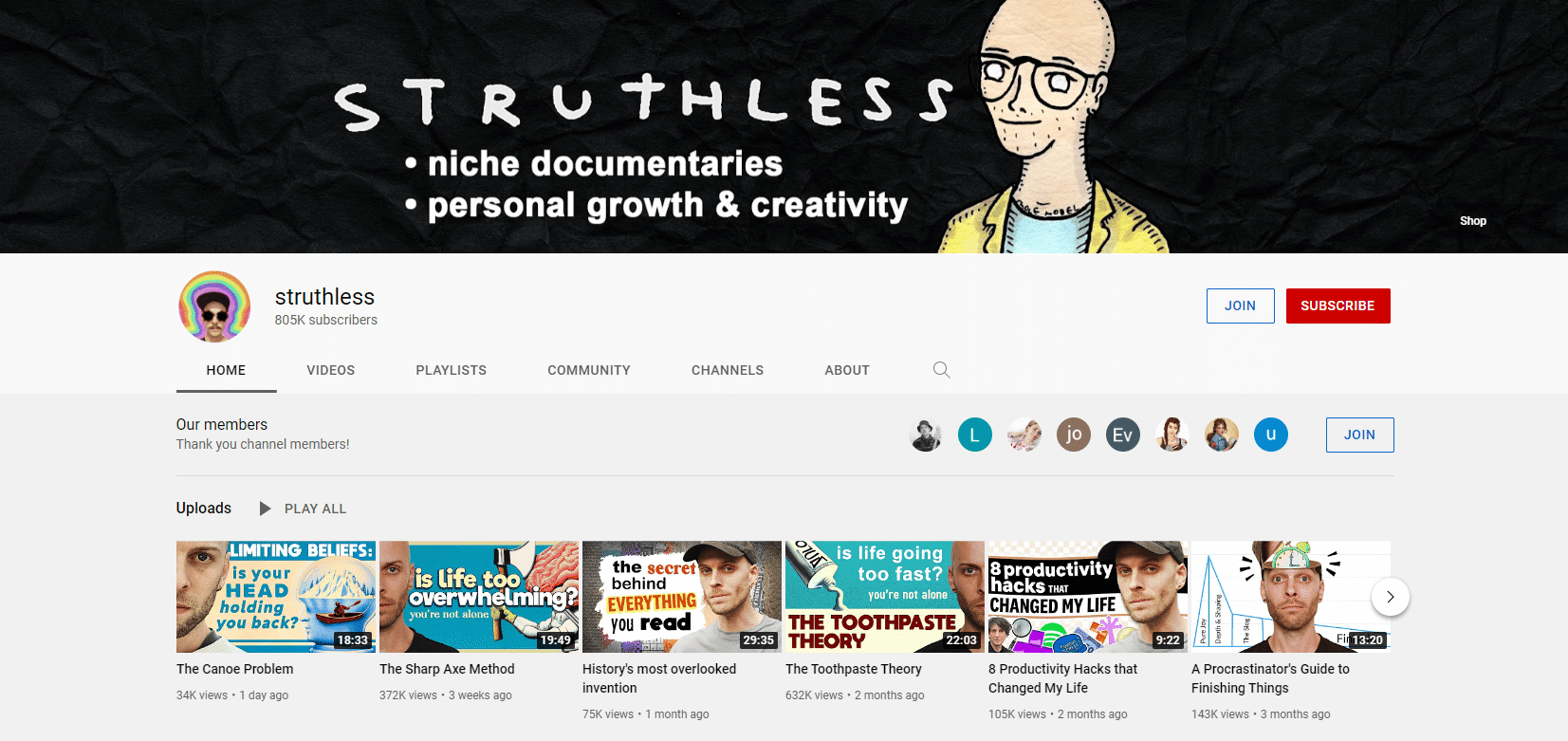Search traffic is selfish. You get visitors to your website only when they need it, and that's a good thing because you can get visitors by producing content in demand. But the problem arises when they leave your website because they need something you can't provide. Your website often misses out on potential traffic because it does not fill specific content needs. (Related: 12 Best Content Marketing Podcasts: Step Up Your Content Game Today)

If you're looking to get more traffic to your website, one of the best things you can do is to identify content gaps. By identifying areas where your content is lacking, you can quickly create new, targeted content that will attract new visitors.
Here's how.
1. Compare your Website with your Competitors
Content gaps are of two types: The first type is not filled by anyone, and the second type is filled by your competitors. When you start covering your content bases, you must satisfy the second type first. Your competitors have already researched the market's search intents and interests. Why not make use of it? More importantly, not filling the gaps already filled by your competitors can lead to losing business.
Let's suppose you're in the Maine Real Estate market, and you find two content gaps. The first gap is "Maine multi-family unit prices," and the second is "Maine single-family unit prices." Research shows that gap #1 isn't filled by any Maine-based Real Estate company's website.
On the other hand, a few of your competitors have addressed the second subject. It might seem like attacking a topic no one has covered is a significant first step. But here's why it is not:
In other words, you must first fill all the gaps that might funnel your on-page audience to other websites. This is also the easiest opportunity-identifying step.
You can simply look up your competitors' content and yours and see which subjects they have addressed that you have missed out on. Or you can use tools like SEMRush or Ahrefs to analyze these gaps for you.
2. Analyze Instruction Elements on your Website(s)
In the previous section, we mentioned SEMRush, a tool that uses an algorithm to process content gaps (among other things). Website owners use tools like this in almost every market, but one downside is that many markets' top sites have started looking like each other. The upside is that this tool works and that you can use others' reliance on it to your advantage.
Firstly, you must fill the gaps that SEMRush's quantitative analysis uncovers. This is to stop bleeding traffic to your competitors. And you can use any website SEO analysis tool for this because they all have similar comparison algorithms. Once you fill out the quantitative gaps, you must go for qualitative gaps. These are gaps that technology cannot uncover, but you can as a human. The first way to discover such gaps is by considering the instructional elements in your blog posts.
Are there any blog posts or website pages where the audience is instructed to do something or introduced to a new subject that requires action?
If the answer is yes, then your audience needs instructions on it. If you have a financial services firm and your posts casually mentioned EBITDA, how about a post on how to calculate it?
3. Build a Cross-format Content Base
Another way to bring a human element to content gaps is to consider user preferences. Sure, people might have posts that cover every aspect of work-life balance and self-improvement content in the form of written posts, but what about their preference for video?
The gap is technically filled by written content, but there are other formats in which said gap exists. And if the audience prefers those formats, you can have the first-mover advantage. An example of this is the Youtuber Struthless, who is an illustrator and a self-help content creator. His latest self-help book is an illustrated picture book. It addresses a format gap in a saturated market where almost all content opportunities seem to be taken.

4. Check out SERPS and Search Traffic
Whether you're trying to produce alternative format content or are interested in filling up your primary content pipeline, you can't overlook Search Engine Results Pages (SERPs). Since the dawn of organic search, search engines have also become indicators of worthy content. Many SEO analysis tools simply scale up the SERPs analysis.
SEMRush has its Search Engine Results analysis tool that goes into each website ranked on the page and yields common content and keywords. Again, this is helpful, but you'll be in a better position if you also personally check out the top pages. The questions that might occur to you are likely coming to other visitors' minds.
Remember: There is no replacement for the human element.. yet!
5. Monitor Relevant Forums and Community Discussions
Mind-reading your audience by putting yourself in their shoes is great. But finding out exactly what content they want from their inquiries is priceless. Community forums and niche discussion boards are perfect for identifying unaddressed content gaps by your competitors.
Quora can be an excellent resource for such questions. The question-answer content giant has started rewarding users for the volume of their posts, and plenty of Quora profiles copy-paste answers from surface-level Google searches. But people go to Quora because they don't find the answer they're looking for on Google!
The result? Many fresh questions with irrelevant answers, just waiting to be answered by your content!
To check out content gaps via Quora, enter the main keyword regarding your market and then copy-paste "site:quora.com" (without the quote marks) in the search bar. This will limit the results to Quora.com. The next step is to limit your search engine results to one week. You will notice new questions that do not get much attention and are worth addressing on your website.
6. Do a Market-specific Twitter Search
Where Quora will help you figure out specific questions that can inspire blog posts, Twitter will help you mine the minds of your audience for content gaps that aren't likely to be filled by your competitors.
For this, you need to understand the 5 W's (and sometimes "H") of journalism:
When you look up your keyword and one of these in separate quotes in the same search bar, you will get questions that contain your keyword.
Some examples would be:
7. Use SEO tools like SEMRush or AHREFs
If you have covered the steps above, you have already covered almost all content opportunities. The final step is to get a subscription that hedges against the changing content landscape. I recommend SEMRush (keyword gap tool) or AHREFs (content gap report) for content gap analysis because they are the most advanced SEO tools on the market.
Remember that content gaps aren't static. You need to have at least four audits of your website each year. An optimum audit ratio would be 6 to 12 audits to seek out new content gaps.
Final Thoughts
Content gap opportunities can be filled by comparing your website content to your competitors and mining your audience's questions and search habits for content ideas. The steps covered above ensure that you cover all the bases when it comes to content gap opportunities. (Related: 9 Content Marketing Challenges and How to Turn Them into Opportunities)
